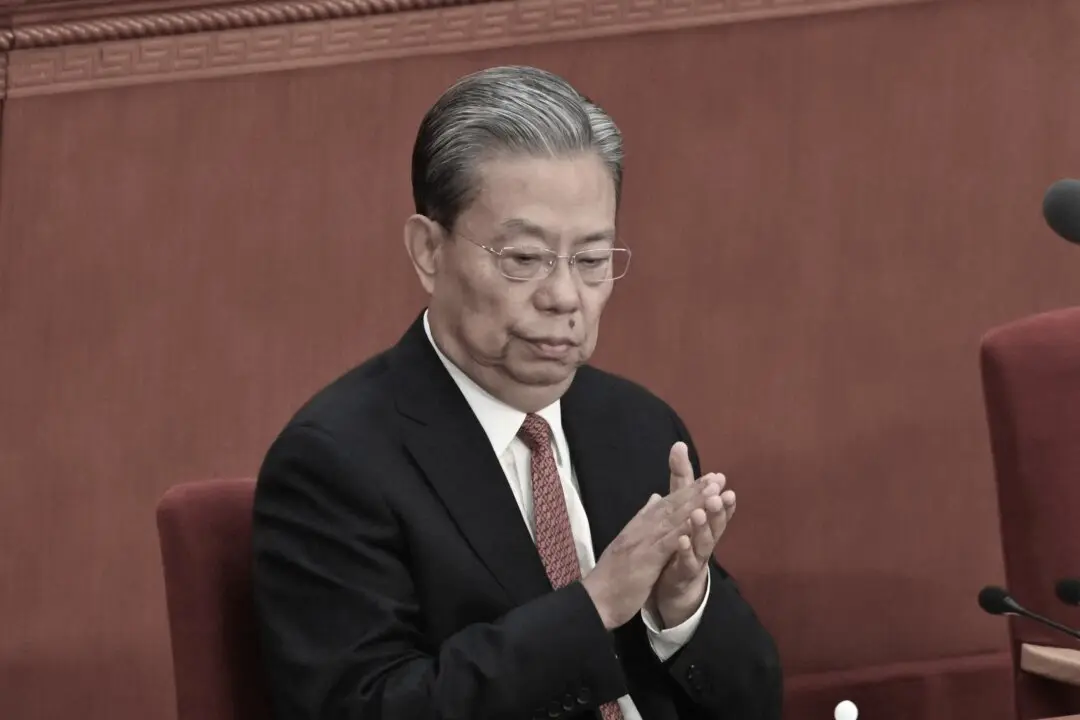The government of Queensland has announced a Housing Summit to deal with several issues plaguing the state’s housing market following an interstate migration boom driven by lockdowns in Australia’s big southern cities.
Premier Annastacia Palaszczuk said an initial roundtable on Sept. 16 will be held followed by the larger Summit in October.





